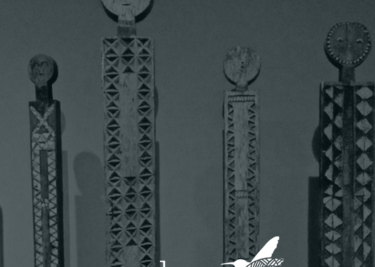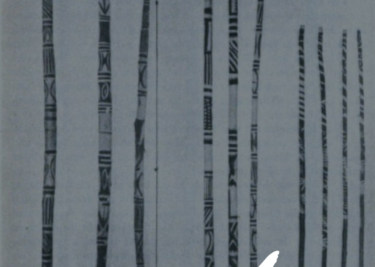Abasuba Death Rites

The Abasuba are a Bantu community that migrated and settled in Kenya from Uganda. The name “suba” is derived from the word “zuvva” which means “foreigner” in one Luganda dialect. This community found refuge on the Lake Victoria islands of Mfangano and Rusinga, where the majority still reside in present-day. Among the Abasuba, death is the glorious end of one form of life and the sign of transition into a new state of being.
Upon the death of an individual, a fire (mageng’a) was lit in the deceased’s homestead and is to be kept burning until the mourning period was over. This fire was to be tended solely by relatives of the deceased. While the fire served the practical purpose of keeping the people who slept around it warm and safe, it was also meant to deter sexual activity which was taboo during the mourning period. Keeping a fire burning for days on end is not an easy task, it requires constant attention which therefore kept the family occupied and unable to engage in intercourse.
While death ceremonies were standard across the Abasuba, certain rituals were carried out depending on the deceased’s status in society. Rich men were wrapped in the skin of a freshly slaughtered bull, while poor men were wrapped in old sheepskin that they had used as bedding. Other than this animal skin, the Abasuba buried their dead naked, even without ornaments, as they believed that humans should depart from the world in the same state that they were born.
The head of a homestead (omusaaza) was buried in his cattle enclosure, while a man living in a homestead that he did not head was buried on the right side of his senior wife’s house. A married woman (omukazi) was buried on the left side of her house. An unmarried man (omusumba) was buried next to his parents’ house, while an unmarried woman (omugogo) was buried next to the fence. An infant was buried next to the doorstep.
After a burial, the grave was guarded closely to prevent night runners from exhuming the dead body and creating a potion that could lead to more deaths. Three days after burial, the centre roof-stick from a dead man’s house was removed. This was the stick that supported the entire house structure; its removal would lead to the collapse of the house, a symbolic representation of what had befallen that home.
Burial rites were completed with a shaving ceremony, in which the entire family of the deceased had their hair completely shaved off with a razor. The family had their heads shaved three days after a woman’s funeral, and four days if it was a man who had died. Death rites were considered complete only after the wives of a dead man were remarried by their in-laws, typically within three months of his death.
How did your community celebrate life?
#KeRites



